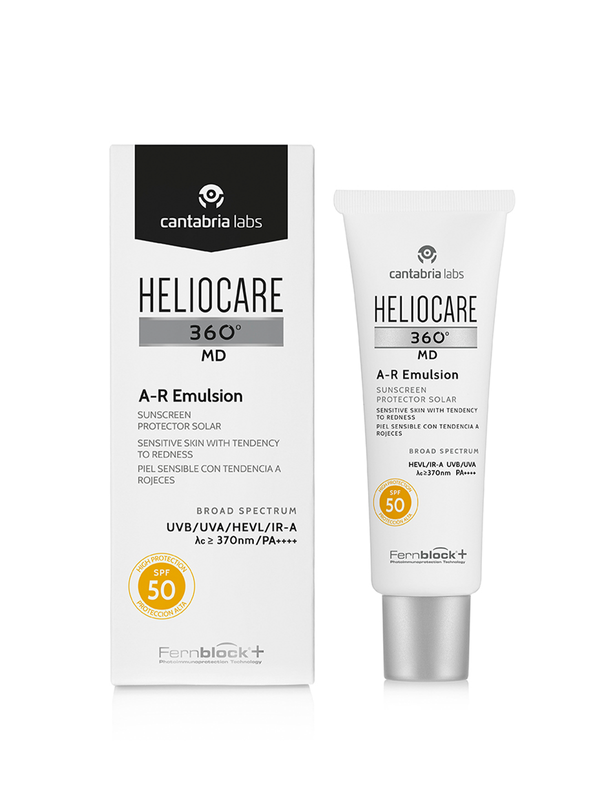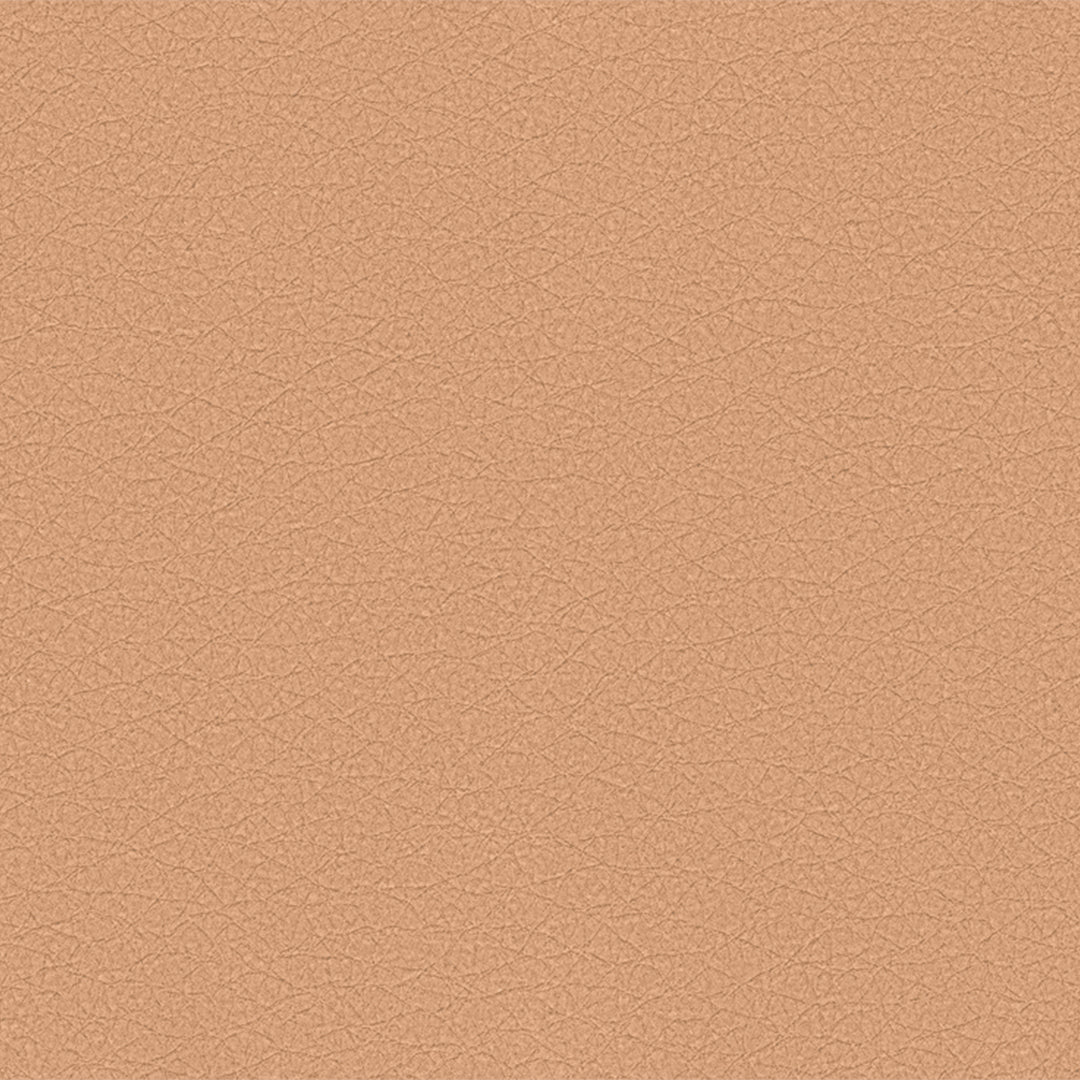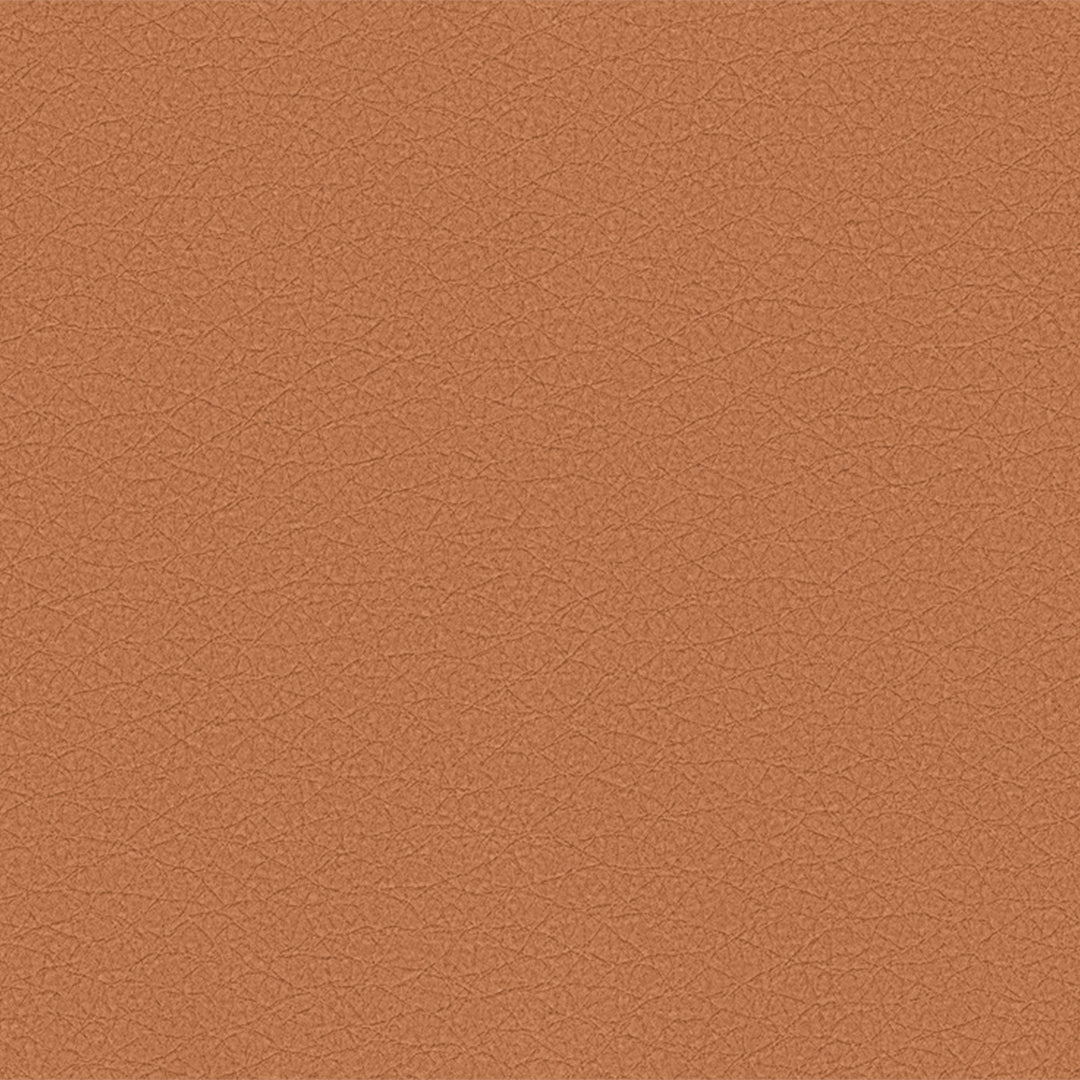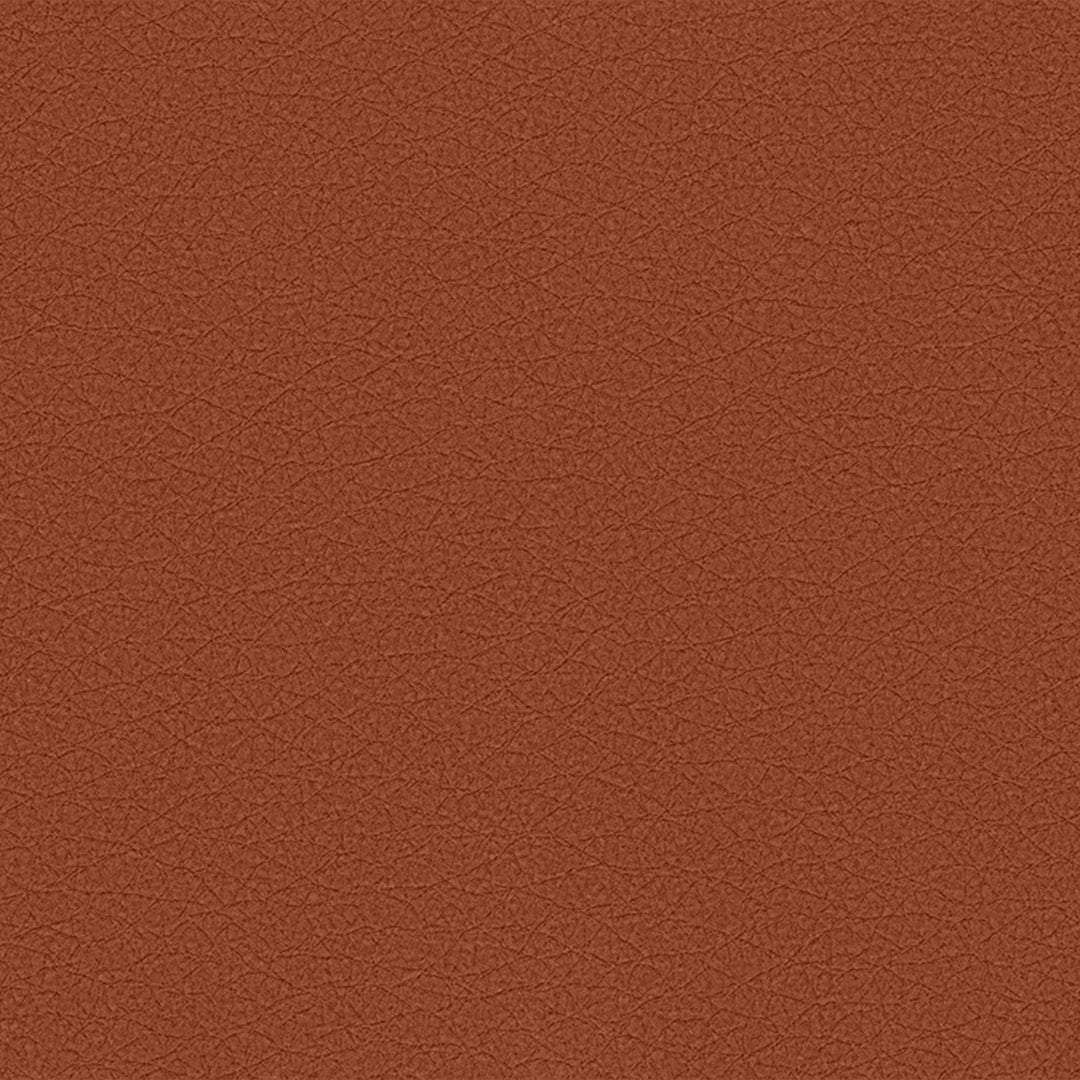Skin redness and Heliocare 360° A-R Emulsion
By Dr Emma Wedgeworth, Consultant Dermatologist
Rosacea is a common skin condition, although estimates vary significantly from 1% of the population, right up to about 20% – that’s 1 in 5 people. Rosacea is much more prevalent in lighter skin tones - skin types 1 and 2. Although I see rosacea across the spectrum of skin tones, facial redness is more of an issue in lighter skins, because there is less pigment (melanin) which tends to conceal redness.
I see a significant amount of facial redness and sensitivity in my clinic, and it can cause a lot of problems. Partly from cosmetic angle, but also from a sensory aspect. It can feel very uncomfortable with burning and stinging. And as a result, people really struggle to find the right products for their skin.
Much of the permanent facial redness we see is a manifestation of rosacea, a condition that can be variable in the way it presents. Redness is usually one of the core aspects and can have a significant psychological impact. As a patient recently reported to me “I work in an environment where I can’t show how I feel. But I go red easily, and people see it as me being over-emotional and weak.” Patients with rosacea may experience significant skin sensitivity. We know that the skin barrier can be damaged in rosacea, and we all know now how important our skin barrier is. As well as that, there is often immune dysfunction within the skin which means that the immune cells within the facial skin are working in a slightly disordered way. This results in inflammatory proteins being produced, causing the spots and bumps of rosacea.
Some studies have suggested that rosacea may be more common in women – although it’s hard to know whether this is attributable to differences in health-seeking behaviours between men and women. It’s more common in older age groups and it’s unusual to see rosacea in young people; it’s tends to become more of a problem over the age of 30 that it starts to become more of a problem.
So, why do people get rosacea? Genetics definitely play a role. People with rosacea are 4 times more likely to have a family member with rosacea than the background population. We don’t know the exact gene or mechanism which cause rosacea. However, it’s likely that a combination of changes in the intrinsic workings of skin cells, skin’s blood supply and immune system combine to increase the tendency to rosacea.
Genetics alone do not appear to cause rosacea and there are external factors which can worsen the condition. We can’t change our genetics (yet!), but these environmental triggers are very interesting for dermatologists when we’re trying to treat people and prevent rosacea from getting worse.
Rosacea triggers include sunlight, heat and temperature changes. Sufferers who have facial will report it worsening facial redness when they go from a hot room out into the cold, or vice versa. Exercise is also a trigger because it opens up (vasodilates) facial blood vessels. Certain types of food (for some people spicy food is an issue), alcohol, stress can also provoke facial redness and flushing.
One of the main exacerbating factors is sun exposure – both short and long term. It can precipitate a more immediate reaction – with skin getting red immediately or breaking out more in the days after sun exposure. In the longer term, sun protection is one of the most important strategies in preventing worsening of facial redness.
Daily sun protection is a key aspect of rosacea management. However, many sufferers are reluctant to use products because of their skin sensitivity. Sunscreen is a common culprit, with many people experiencing stinging and burning or increased breakouts. “I know I’m supposed to wear SPF, but I can’t find one that I can tolerate on my skin.” Is something I hear a lot from my rosacea patients. This is something that can be a real dilemma – a group of people who really need sun protection, but find it uncomfortable to use.
When I’m treating rosacea, one of the key aspects is getting the skincare right, so that people don’t experience stinging and burning and skin is comfortable. With skincare, our aim is to hydrate, boost the skin’s barrier and protect skin from external aggressors (like UV and these highly active molecules in the environment known as free radicals). Once I’ve optimised the skincare, I may use medical creams or tablets to treat the inflammation, bumps and spots. Laser treatment can be very effective for redness. But it’s so important to get the day-to-day routine right because gentle skincare and a high level of daily skin protection is essential in the treatment of rosacea. Unfortunately, this can sometimes be a challenge.
That’s why I’m really excited about the Heliocare 360° MD A-R Emulsion. I think it’s a brilliant product for people with sensitivity and redness prone skin who struggle to find sun protection they can tolerate. It offers the fantastic broad spectrum sun protection you find in the rest of the Heliocare range, with the additional A-R system to address redness and soothe irritated skin.
When I’m choosing a sun protection product for a patient with facial redness I look for a product which protects against damaging environmental aggressors and a formulation which will be well tolerated.
The first consideration is protecting against UVB. We’ve got this group of people with relatively light skin, which is a risk factor for skin cancers, so UVB protection is vital. Evidence also suggests that UVB exposure has been shown to increase the size of blood vessels, and that’s a lot of what drives facial redness.
Then, UVA protection is very good for protecting against both skin cancers and aging changes. UVA gets deeper into our skin and produces enzymes called matrix metalloproteinases (MMPs), which damage our collagen and other components of our skin. By protecting against UVA, you can reduce your levels of these.
Antioxidant protection is also really important because we know the level of reactive oxygen species is higher in rosacea-prone skin. Reactive oxygen species are highly active molecules that damage skin cells and DNA. Conventional sunscreens don’t always off good antioxidant protection.
One of the key things that we’ve always loved about Heliocare in the dermatology community is the fact that it has Fernblock® (a Polypodium leucotomos extract) in it, which is a powerful antioxidant. And in the A-R Emulsion they’ve actually taken that up a notch with a cocktail of other anti-redness actives with great antioxidant potential. The physavie, the rosabora, and the glutathione all really help the cells mop up those reactive oxygen species, reducing redness and inflammation.
So from a medical perspective, I’m really delighted about the formulation. But sometimes there’s a mismatch between what I like as a doctor and how patients feel. Patients will say, “You might like it, but I can’t use that – you expect me to use that every day?” And I think in rosacea this is even more of an issue, because cosmetically, some of the medical products are not as elegant, and so much of a product can be about how it feels. That’s what is really brilliant about the A-R Emulsion formulation. It’s very good for tolerability – it doesn’t contain fragrance, which is one of the potential irritants that we advise patients with rosacea to avoid. It’s not alcohol based. It’s a really lovely, silky, velvety formula which is very good for sensitive skins.
I also like that it’s a light formulation. It’s very common for other sunscreens that are for sensitive skins to require a lot of rubbing, and that’s one of the really big things that can exacerbate facial redness. I’ve been using the A-R Emulsion and it absorbs really well. It doesn’t require extensive rubbing and has a nice, light texture. And it gives a great cosmetic result as well. My main aim as a dermatologist is around protecting and improving skin health, but for people to comply and use products regularly; the formulation needs to be right.
The A-R Emulsion has iron oxide in it, which is a very useful ingredient to protect against visible light. Sunlight is made up of different wavelengths of solar radiation. Ultraviolet (UV) is one band we want to protect our skin from. Visible light is a slightly longer wavelength. Conventional UV filters don’t protect against visible light, but we know that the high-energy visible light that comes from the sun can be damaging to our skin. From a skin health point of view, the iron oxide in the A-R Emulsion helps protect against visible light, in addition to helping to even out redness and colour correct. Infrared-A is another wavelength we want to protect our skin from which is covered in the A-R Emulsion formula.
For me, what really stands out in this formulation ticks all the boxes when trying to protect redness-prone rosacea skin from external aggressors, while also being something that cosmetically is very easy for patients to use, which is fantastic.
In summary – facial redness has a significant impact on some patients, and we know that it can be exacerbated by the sun in both the short and long term. The Sun – UV and all the other wavelengths of light that I’ve talked about – is one of the main external factors that drives and worsens rosacea. Heliocare 360° MD A-R Emulsion is a great addition to our treatment options when managing facial redness.
Shop Heliocare 360° A-R Emulsion - the perfect daily sunscreen for sensitive, redness and rosacea prone skin.
In the article

- For sensitive skin prone to redness
- Suitable for Fitzpatrick skin types I-IV
- SPF50 & PA++++
- Reduces redness and soothes the skin






